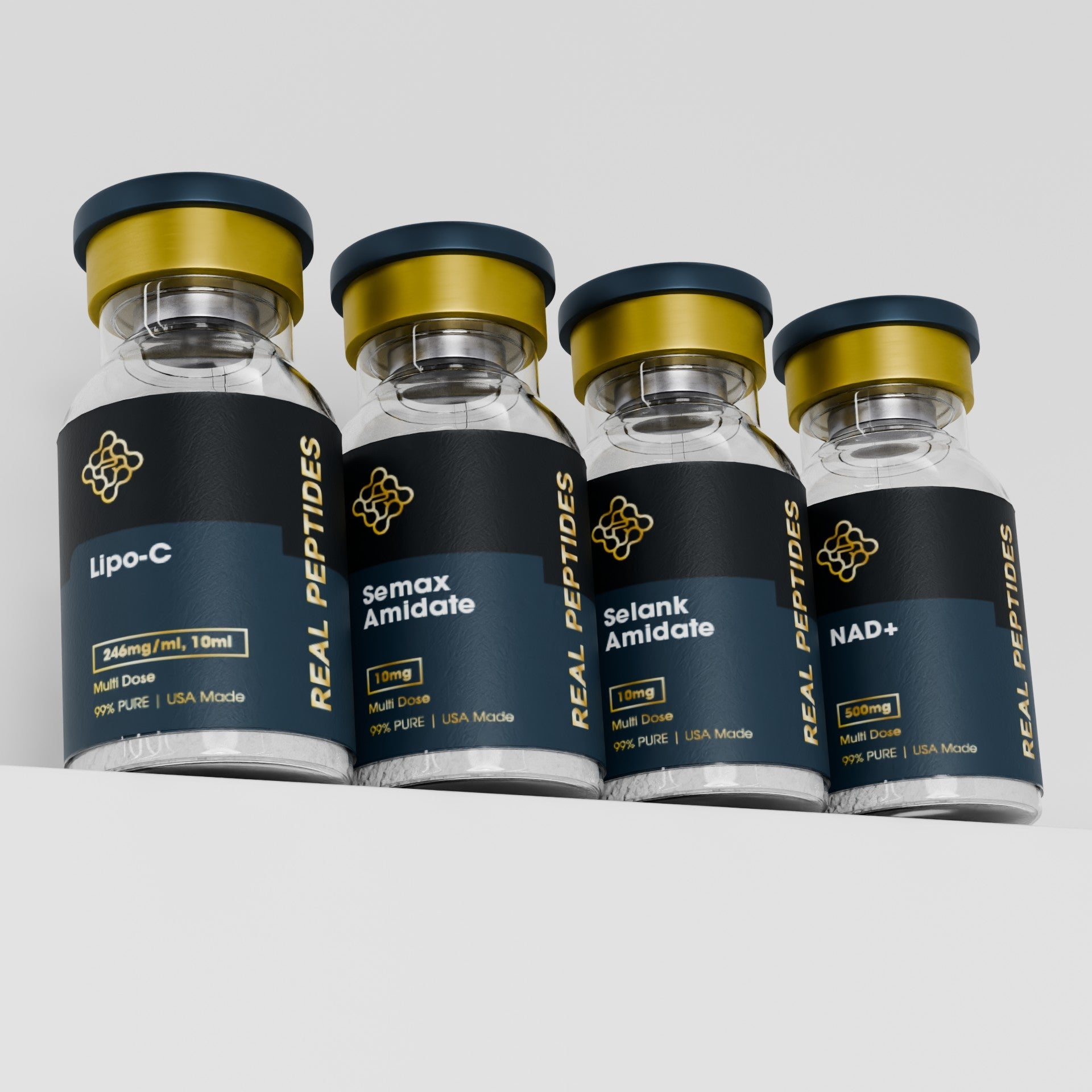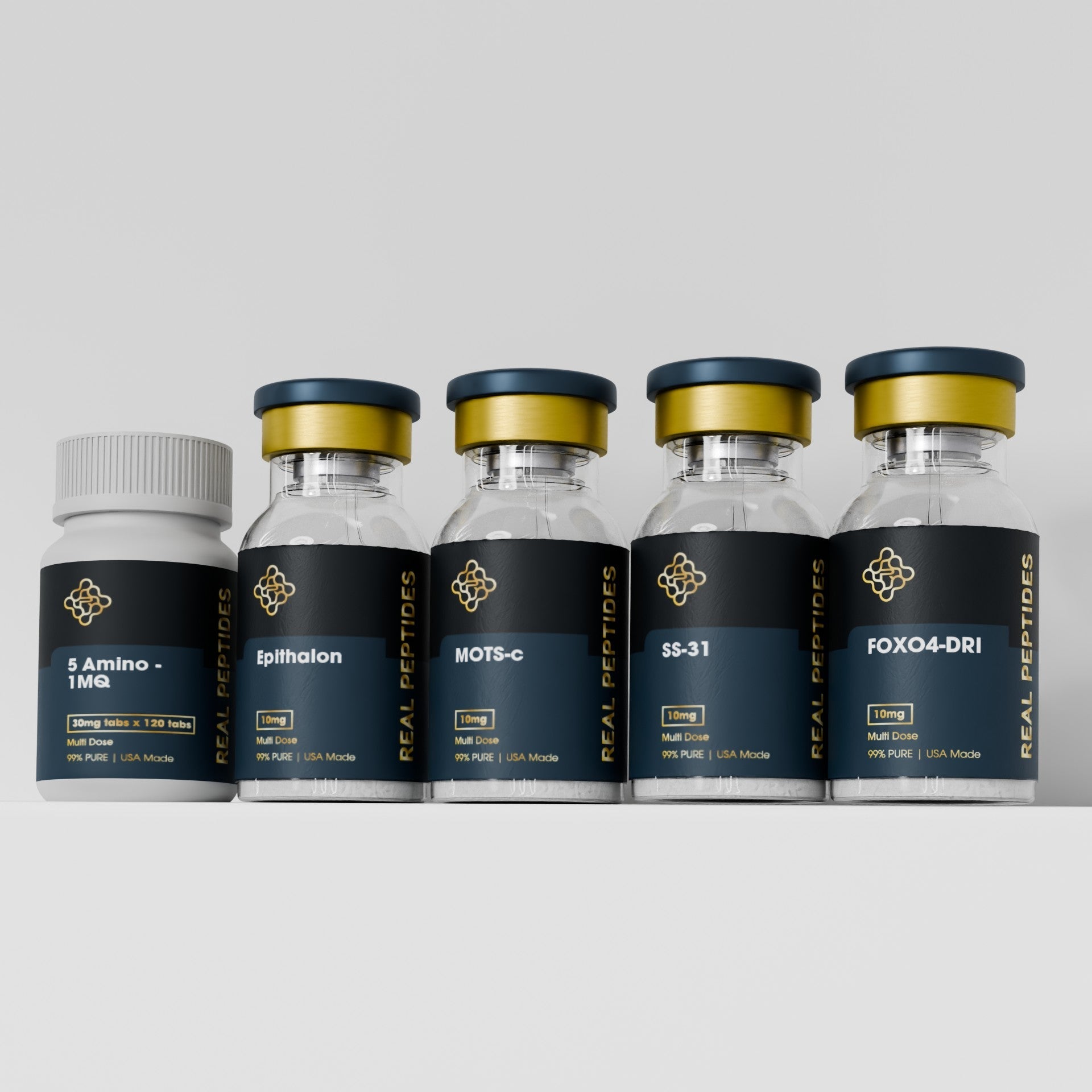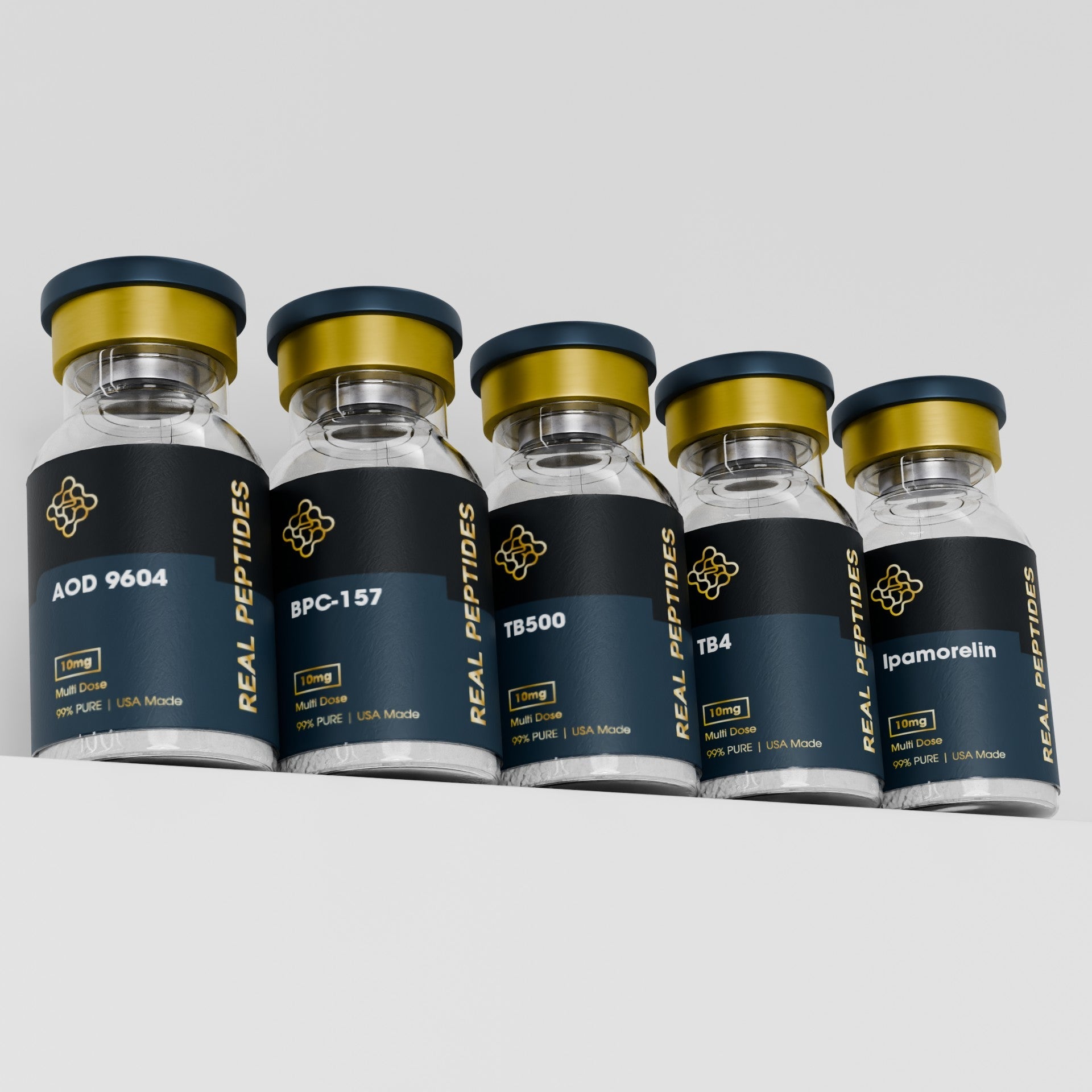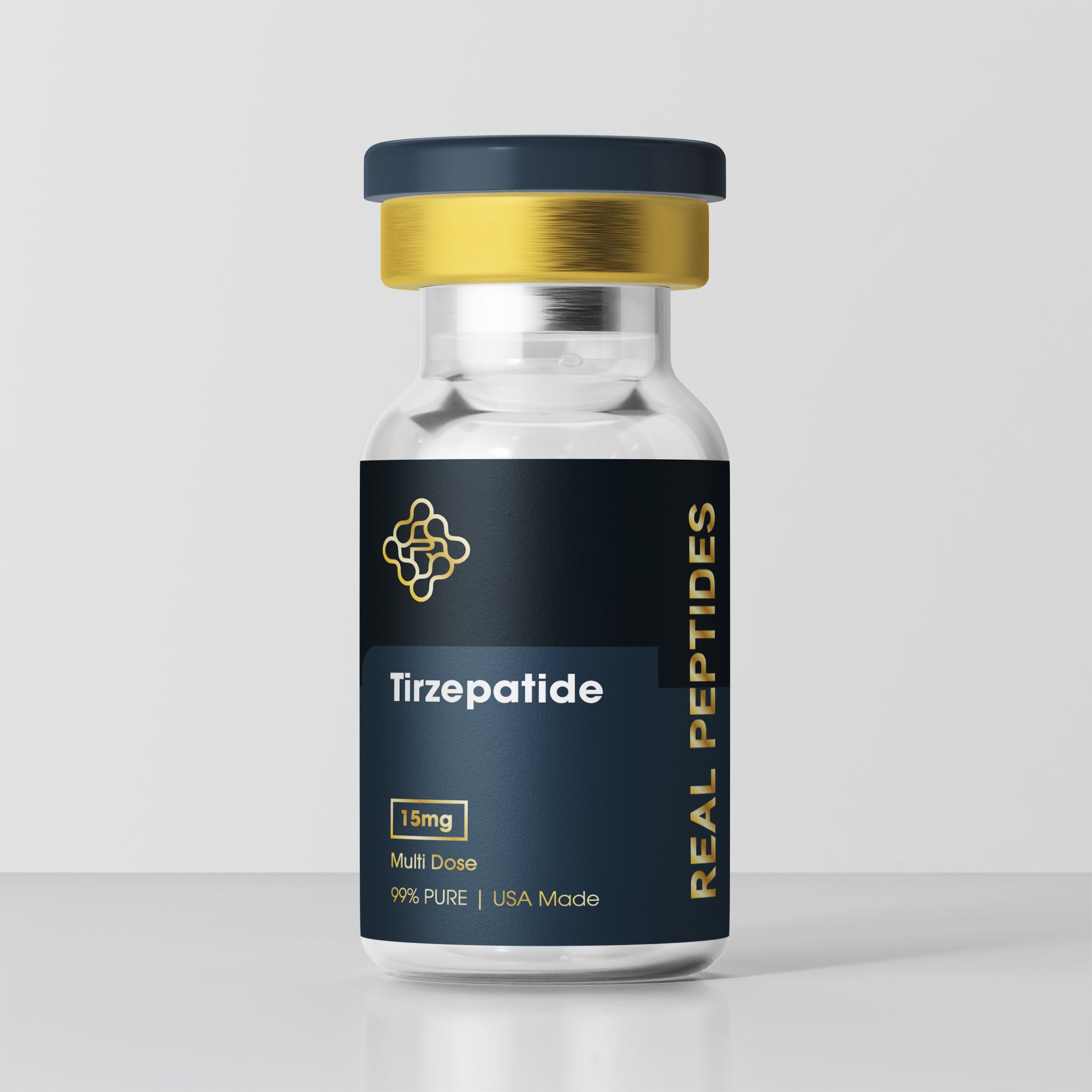
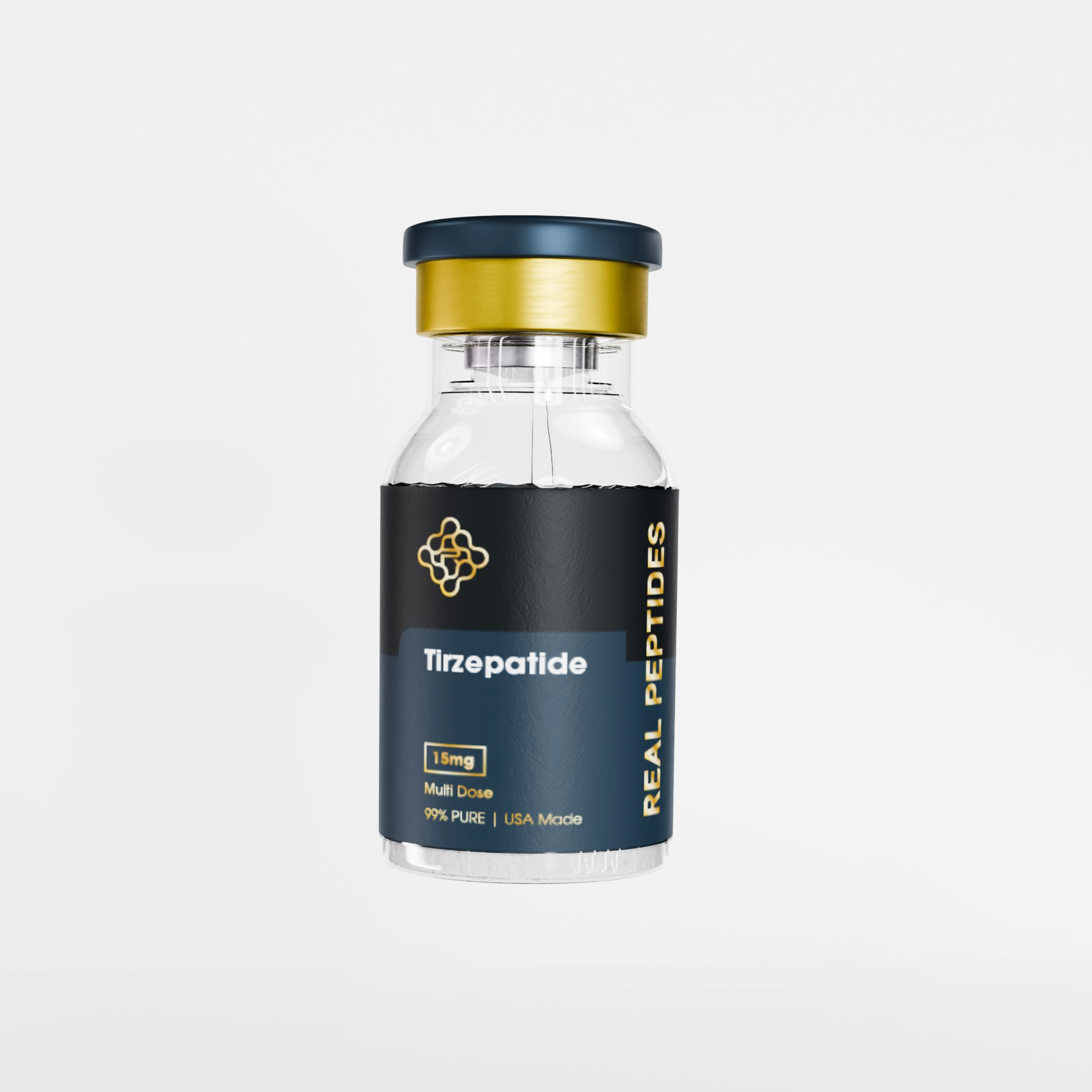
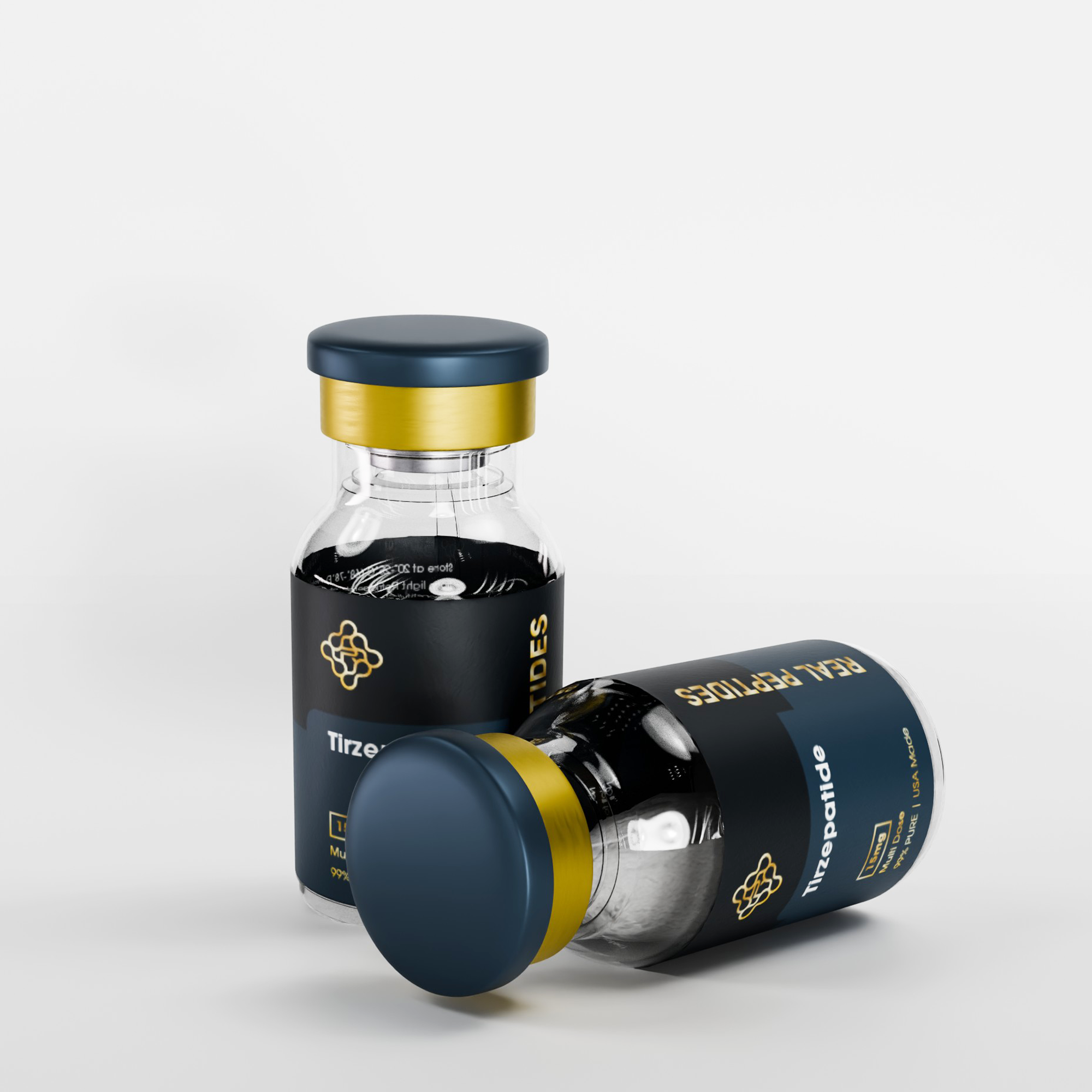
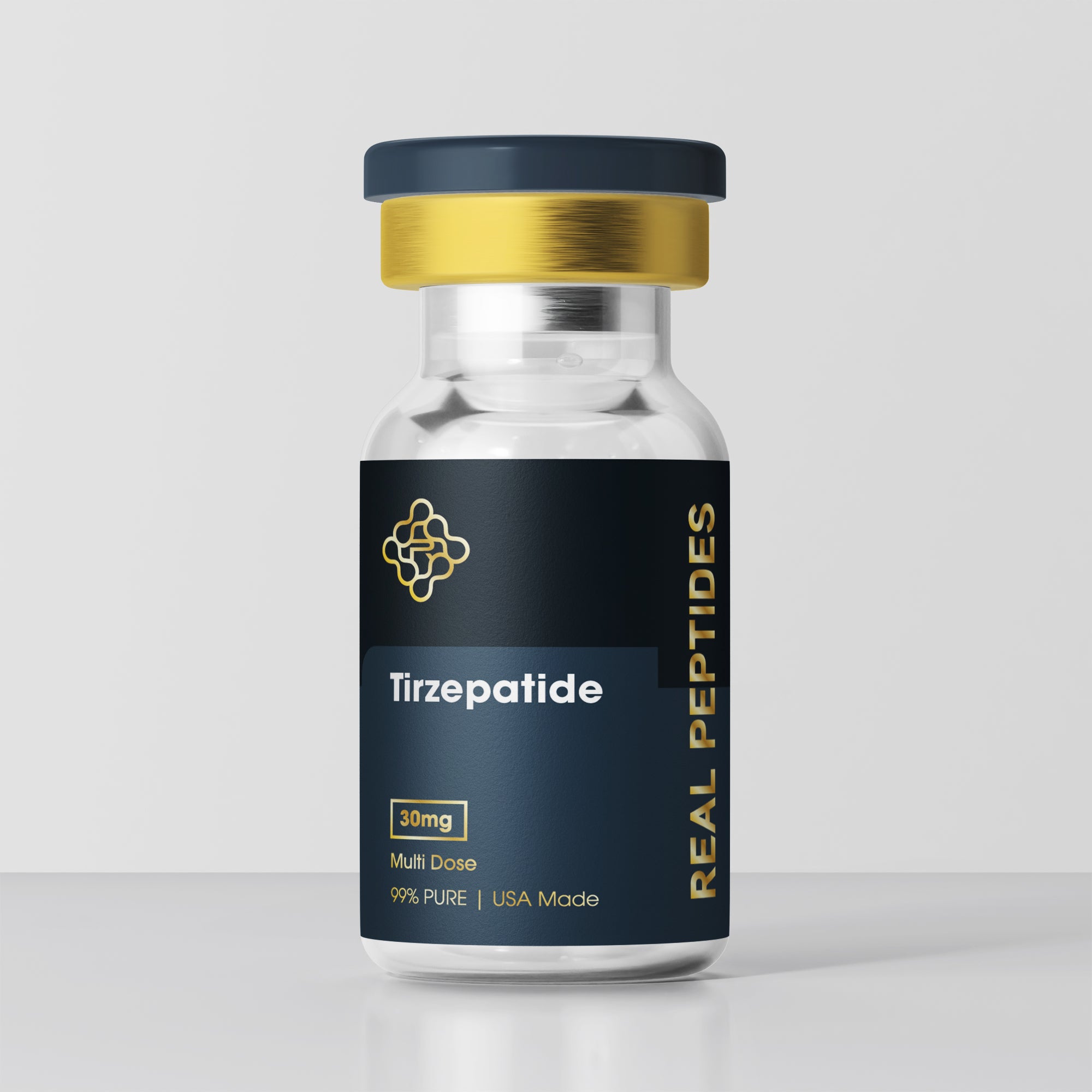
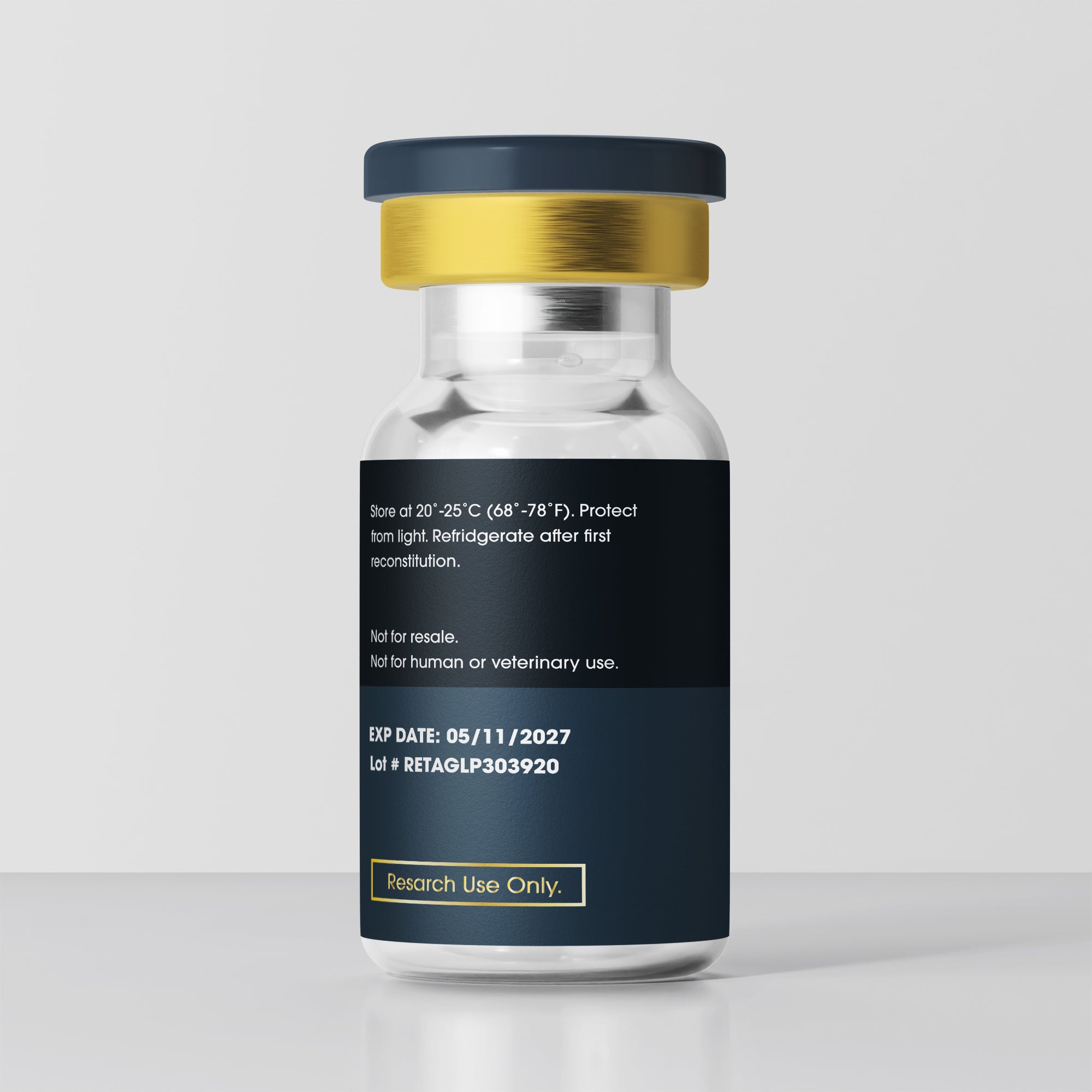
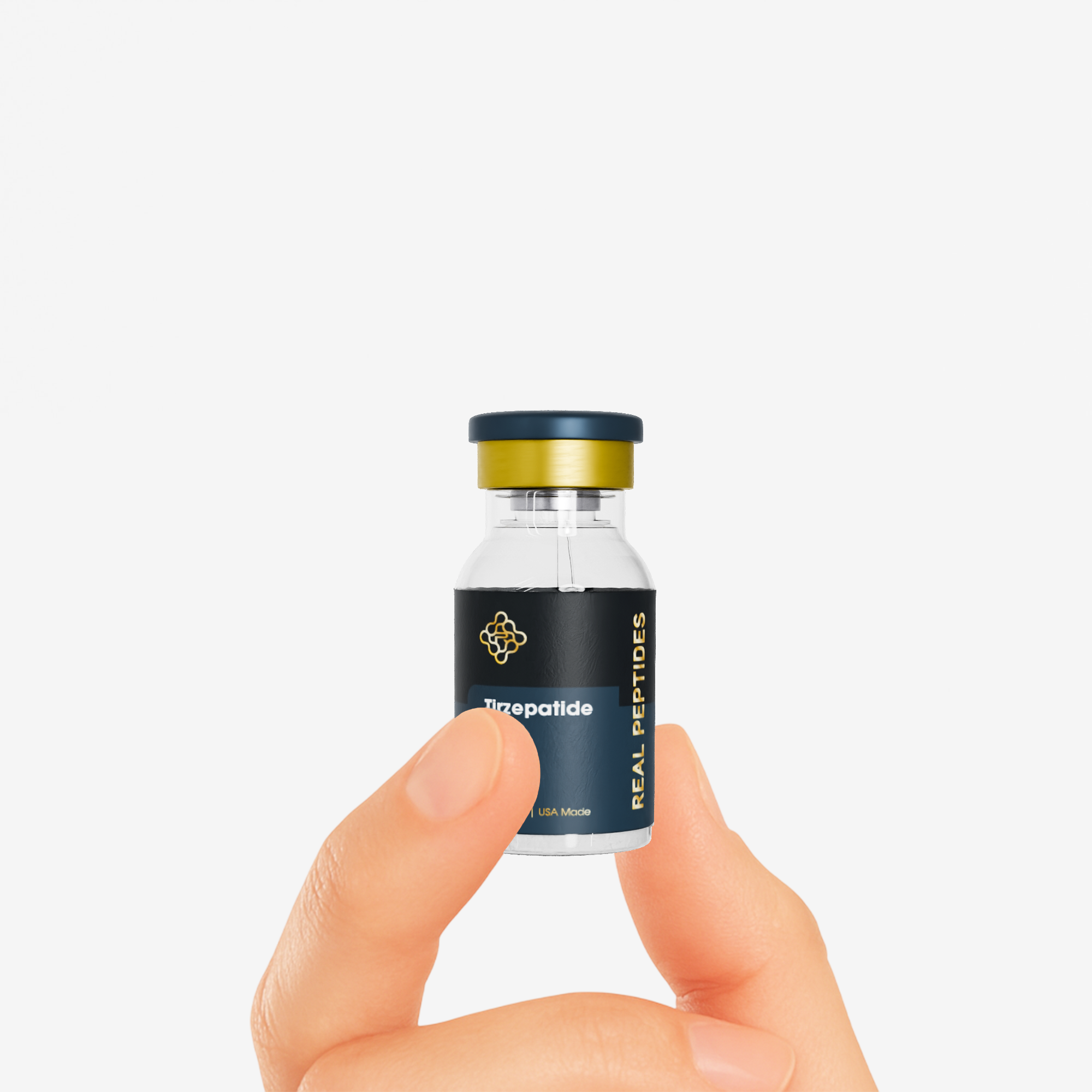
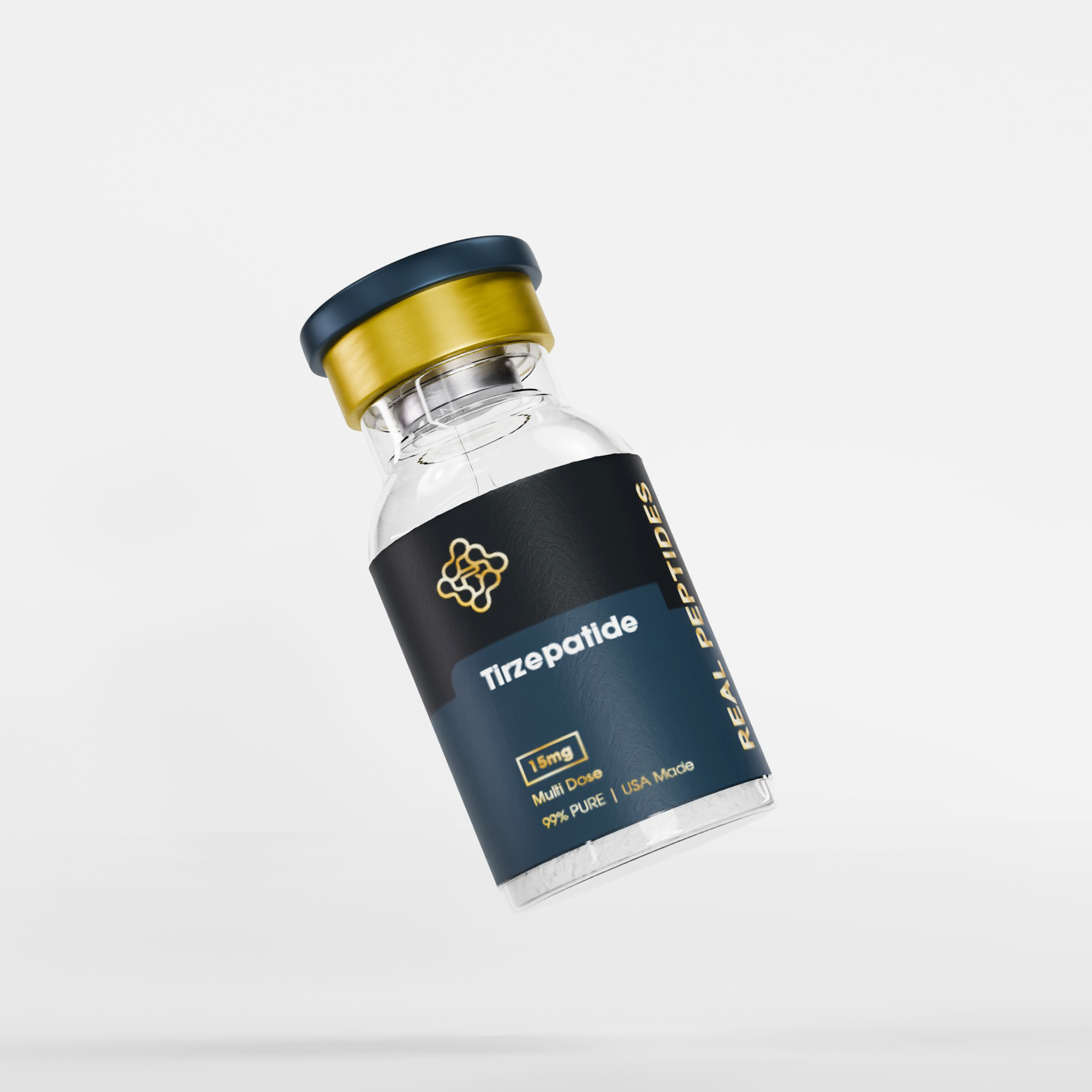
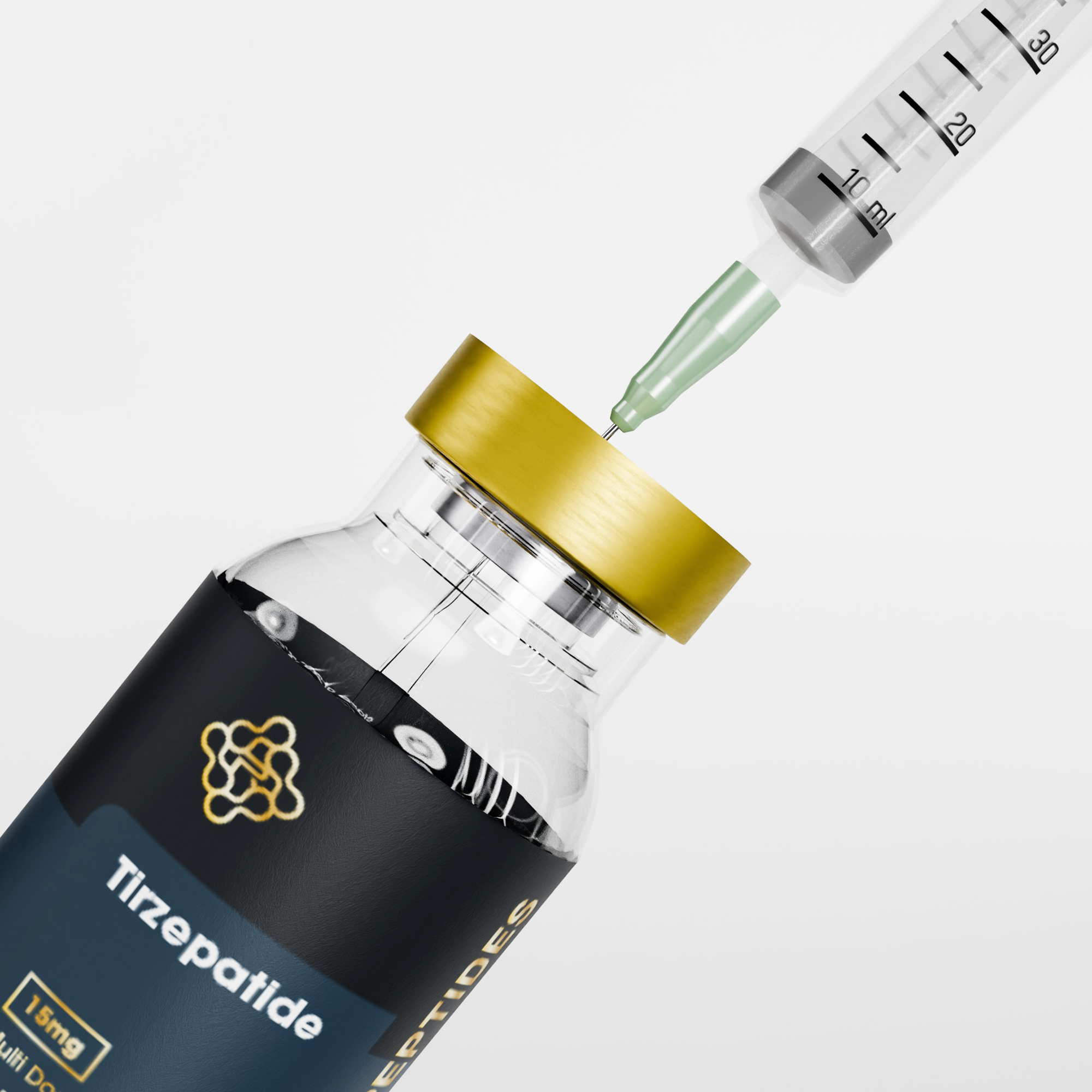
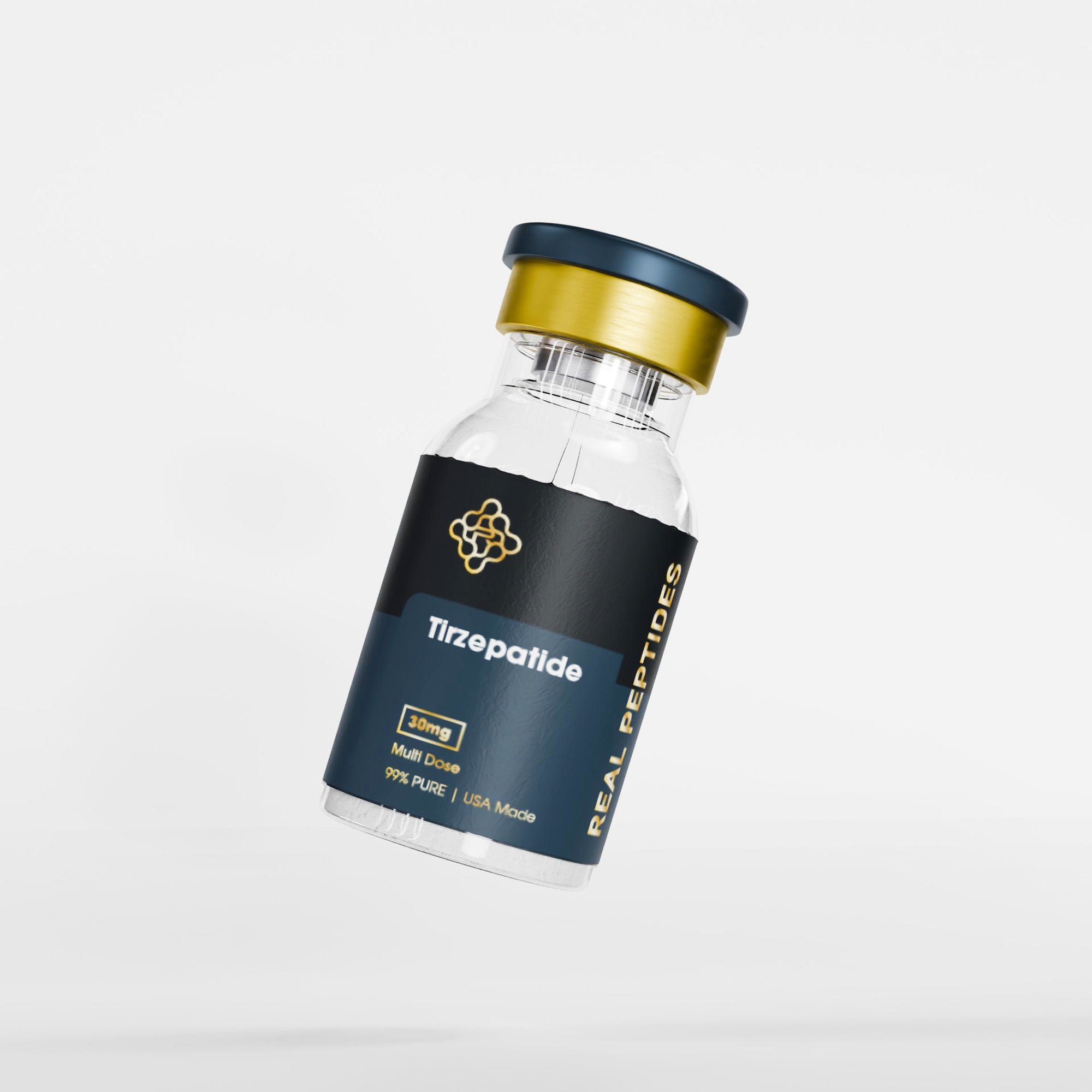
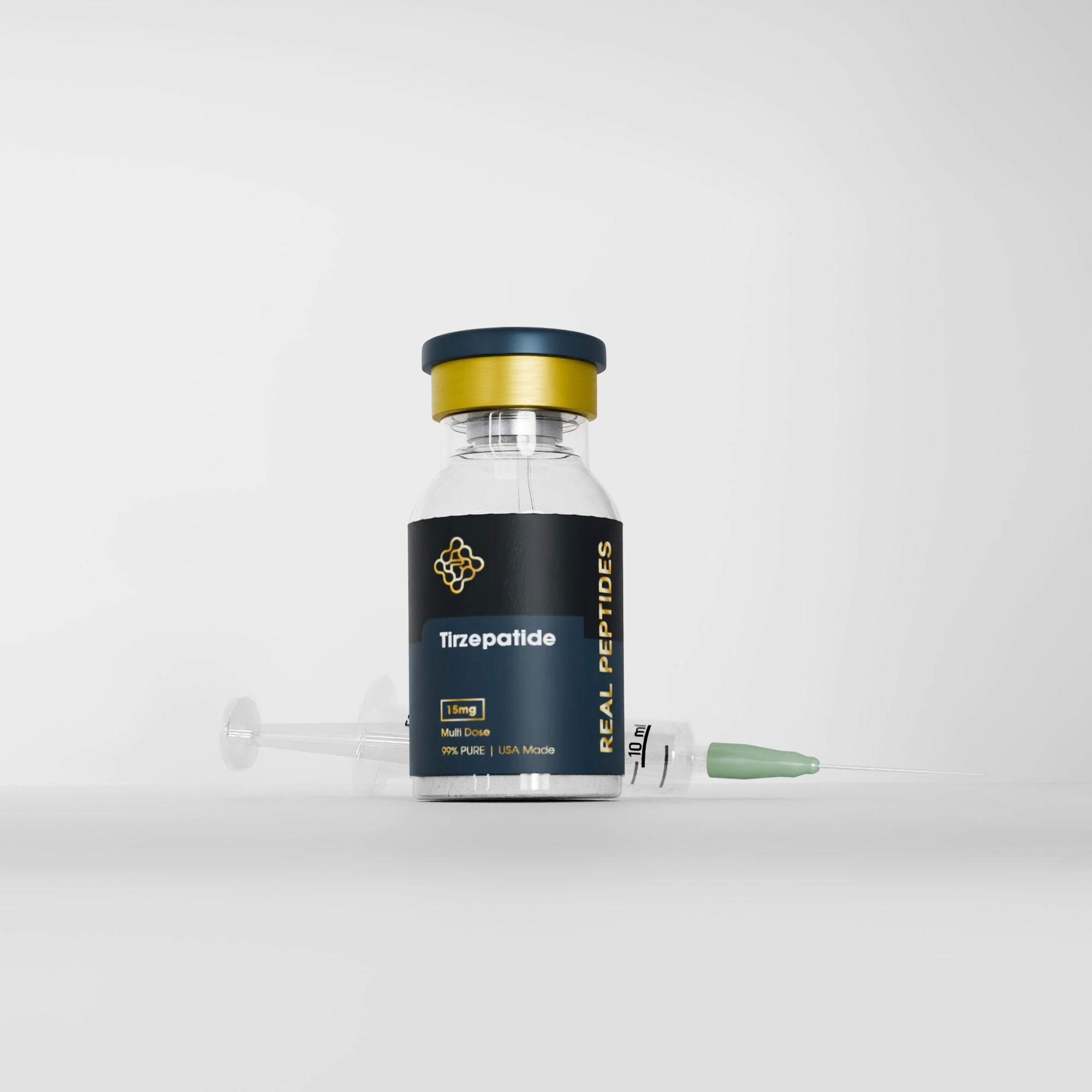
Tirzepatide
Tirzepatide is a synthetic dual-agonist peptide targeting GLP-1 and GIP receptors, used in preclinical models to study glucose homeostasis, appetite-regulation, and energy-balance pathways. Available in 15 mg and 30 mg lyophilized vials, Tirzepatide peptide delivers precise receptor activation for in vitro and rodent assays. Each lot is USA-made, HPLC-verified to ≥ 99% purity, endotoxin-screened (< 0.1 EU/mg), and formulated for laboratory research.
⚠️ Important Disclaimer
For Research Use Only. Not for human consumption or therapeutic treatment.
Pairs well with
Peptides are not ready to use. Must purchase BAC water for reconstitution.

Tirzepatide
Tirzepatide
Dual-Receptor Action
Activates GLP-1 & GIP pathways together, so you can compare single vs combined incretin effects in the same assay.
Glucose-Control Models
Boosts insulin release in pancreatic β-cells, letting you map how Tirzepatide peptide affects blood-sugar regulation.
Appetite-Signal Testing
In rodent satiety studies, Tirzepatide reduces food-intake endpoints—ideal for neural-circuit and behavior assays.
Fat-Metabolism Insights
In adipocyte cultures, it improves fat-burn markers, offering a direct window into lipid-oxidation pathways.
Energy-Balance Assays
Engages AMPK and PPAR in muscle and liver cells, helping you probe how cells manage fuel and energy.
Easy Prep & Storage
Simply dissolve in sterile or bacteriostatic water, store powder at –20 °C, and keep solution at 2–8 °C for 7 days.


What Is Tirzepatide Peptide?
Tirzepatide is a novel 39-amino-acid dual-agonist designed to activate both the glucagon-like peptide-1 (GLP-1) and glucose-dependent insulinotropic polypeptide (GIP) receptors. In research settings, Tirzepatide peptide enables dissection of incretin biology, allowing investigators to probe how combined receptor signaling influences insulin secretion, appetite control, and energy expenditure.

Why Choose Tirzepatide?
Choose Tirzepatide injections when you need a single-molecule tool to model the interplay of GLP-1 and GIP pathways in metabolic-health research. Its dual-agonist profile provides richer mechanistic insights than single-receptor peptides, supporting advanced studies in diabetes models, obesity assays, and cell-signaling protocols. Manufactured under ISO-certified conditions and verified to ≥ 99% HPLC purity with low endotoxin (< 0.1 EU/mg), Tirzepatide delivers consistent, high-fidelity results across both in vitro and in vivo experiments.

What Sets Tirzepatide Apart?
Tirzepatide peptide stands out by combining two incretin activities—GLP-1 and GIP—into one stable molecule with optimized pharmacokinetics for research applications. Unlike separate agonists, Tirzepatide produces synergistic effects on insulin release, satiety signals, and lipid metabolism, all while maintaining a clean receptor-specific profile. Its availability in both 15 mg and 30 mg vials lets labs tailor dose-response studies and translational rodent protocols with maximum flexibility.
Tirzepatide FAQs
What does Tirzepatide peptide do in research?
It co-activates GLP-1/GIP receptors to study insulin release, appetite control, and energy-balance pathways.
How does Tirzepatide trigger insulin secretion?
By engaging both GLP-1 and GIP receptors on pancreatic β-cells, enhancing glucose-stimulated insulin release.
What dose ranges are typical for Tirzepatide research?
In vitro: 50 nM–1 µM; in vivo rodent: 0.1–0.5 mg/kg for dose-response and chronic-dosing studies.
Where can I buy Tirzepatide peptide injections?
Real Peptides offers ISO-certified, USA-manufactured Tirzepatide (15 mg & 30 mg) at ≥ 99% purity and low endotoxin—available for research use only.
Can Tirzepatide reduce food intake in rodents?
Yes—central and peripheral dosing protocols demonstrate significant decreases in cumulative food-intake endpoints.
How is Tirzepatide reconstituted?
Dissolve in SWFI or BAC water per protocol, gently mix, and use immediately or store at 2–8 °C.
What storage conditions are required?
Store lyophilized Tirzepatide at – 20 °C; use reconstituted peptide within 7 days at 2–8 °C.
Does Tirzepatide affect lipid metabolism?
In adipocyte assays, Tirzepatide upregulates AMPK and PPAR pathways, modeling increased lipid oxidation.
Is Tirzepatide approved for clinical use?
No—Tirzepatide peptide is strictly for research use only and not approved for therapeutic applications.
What research models use Tirzepatide?
Common models include pancreatic islet assays, diet-induced obesity rodents, and central appetite-regulation studies.


